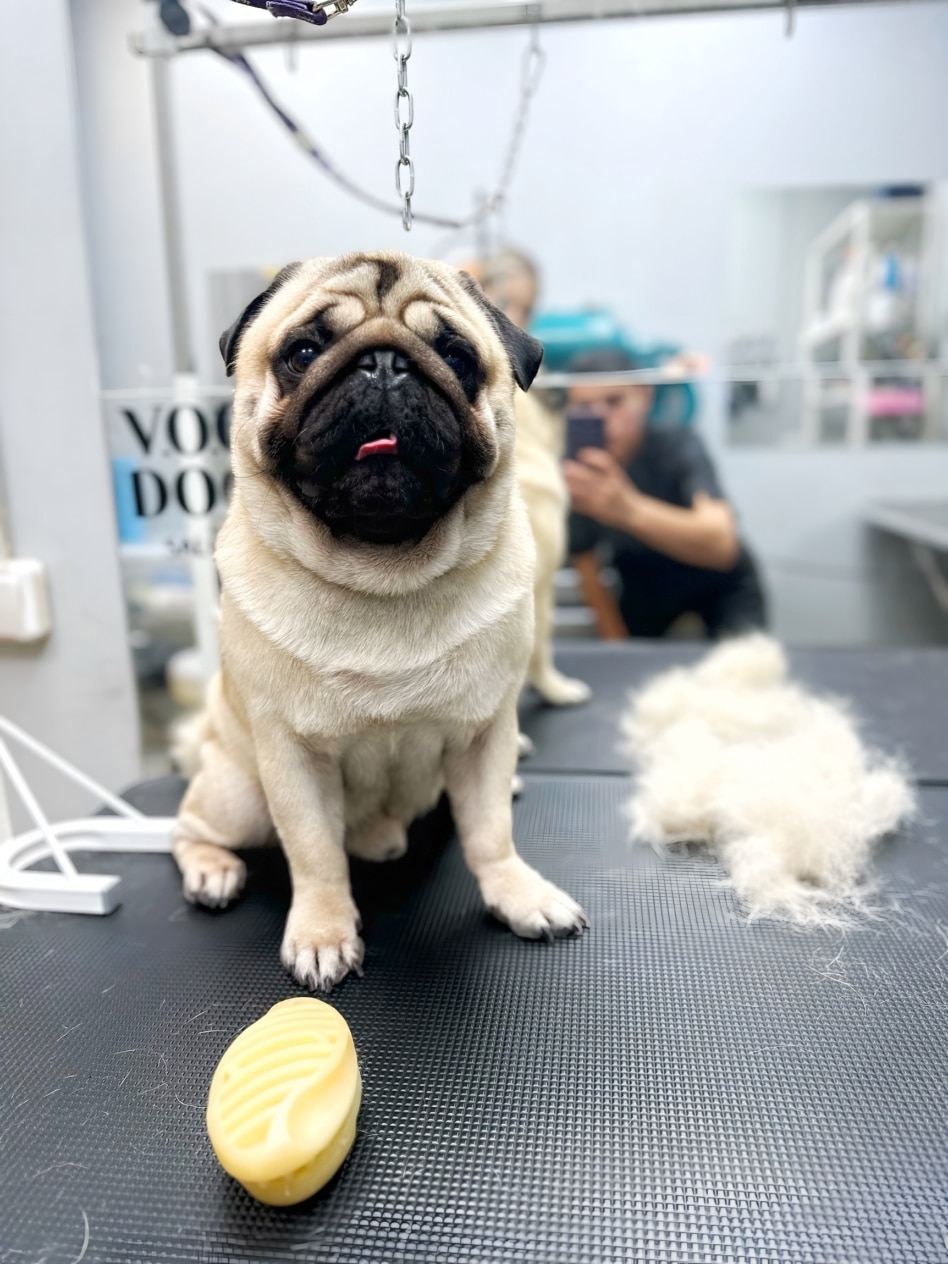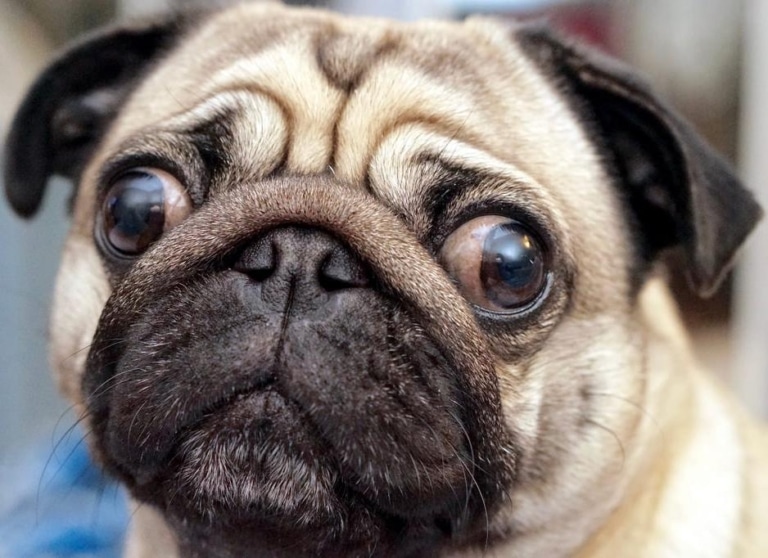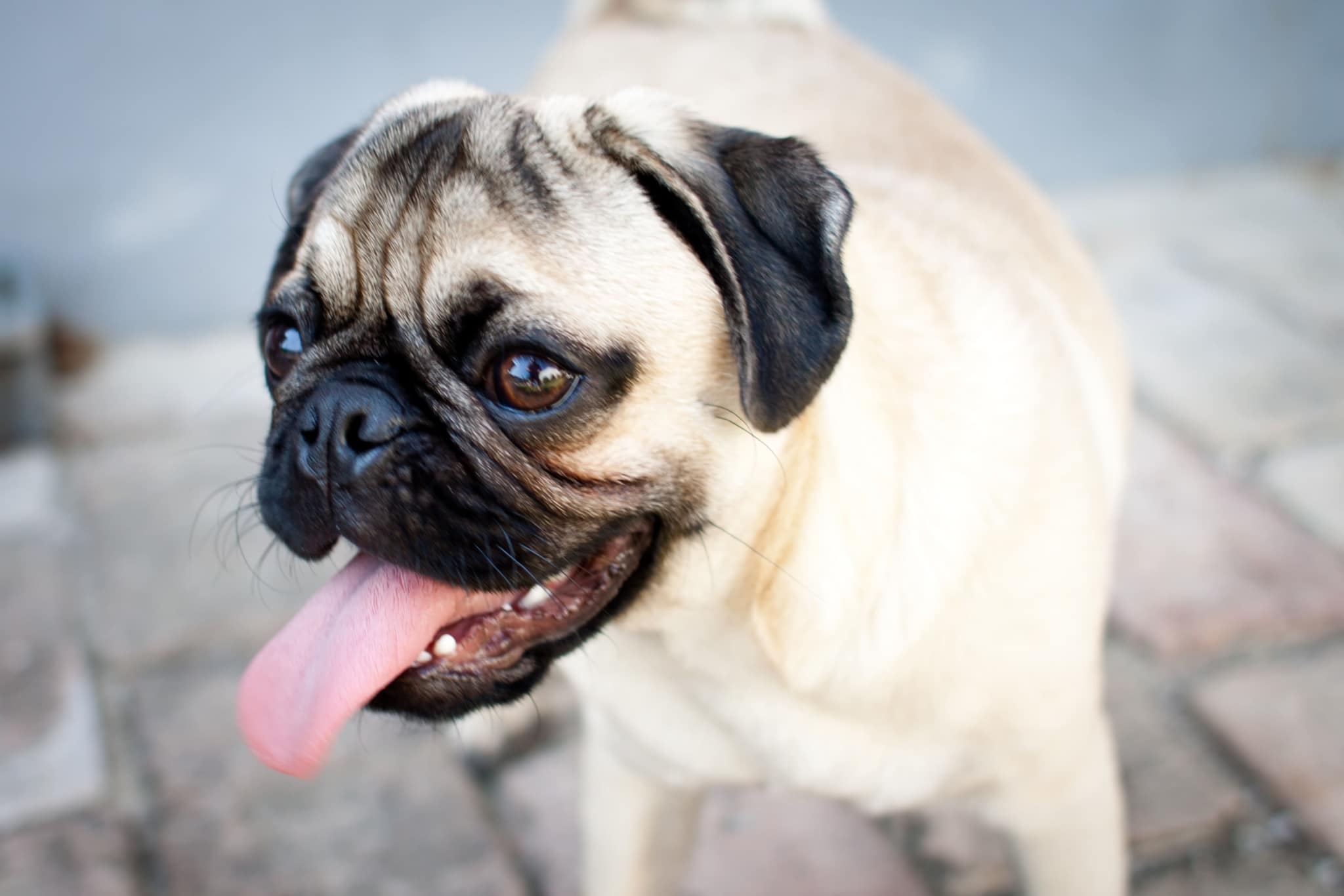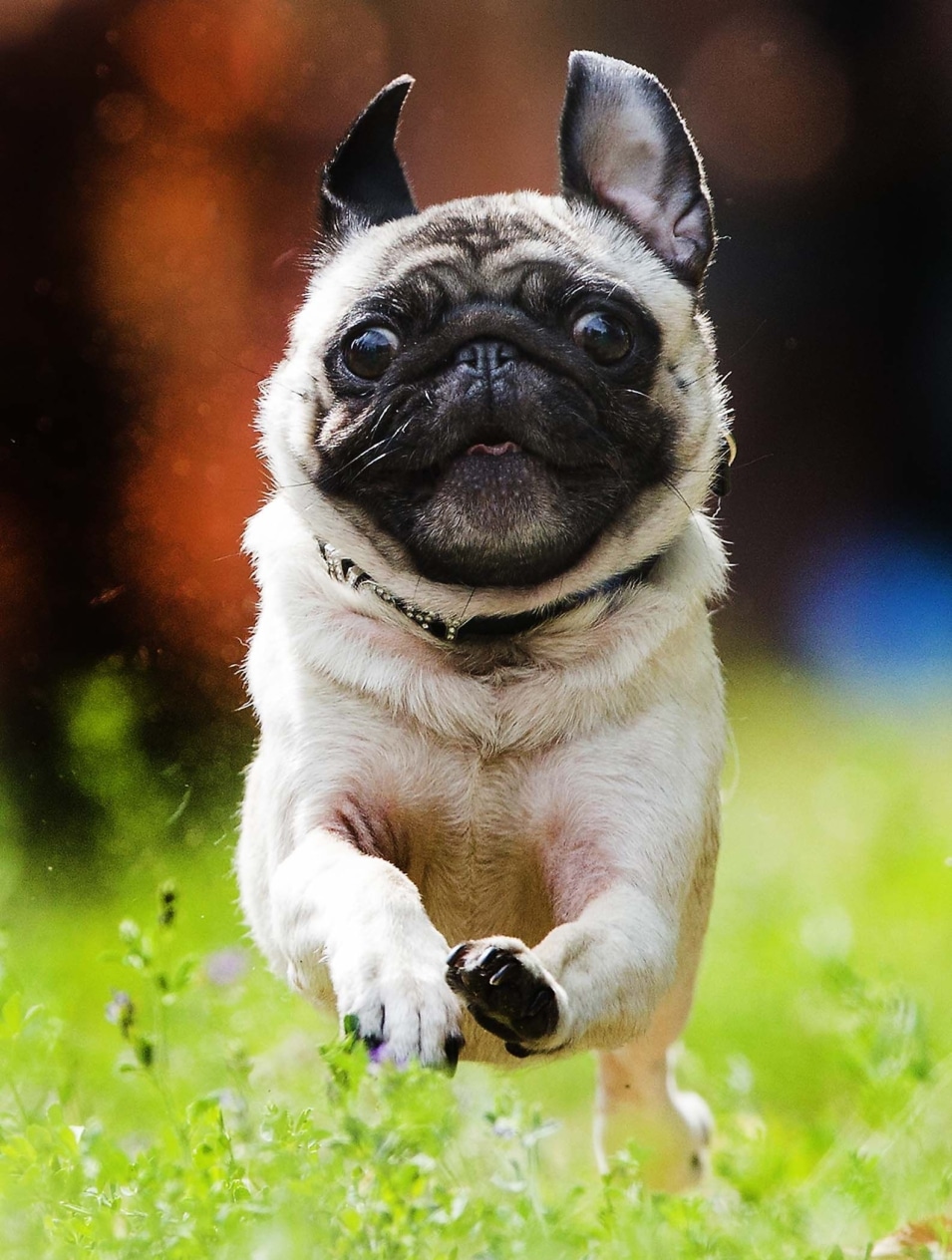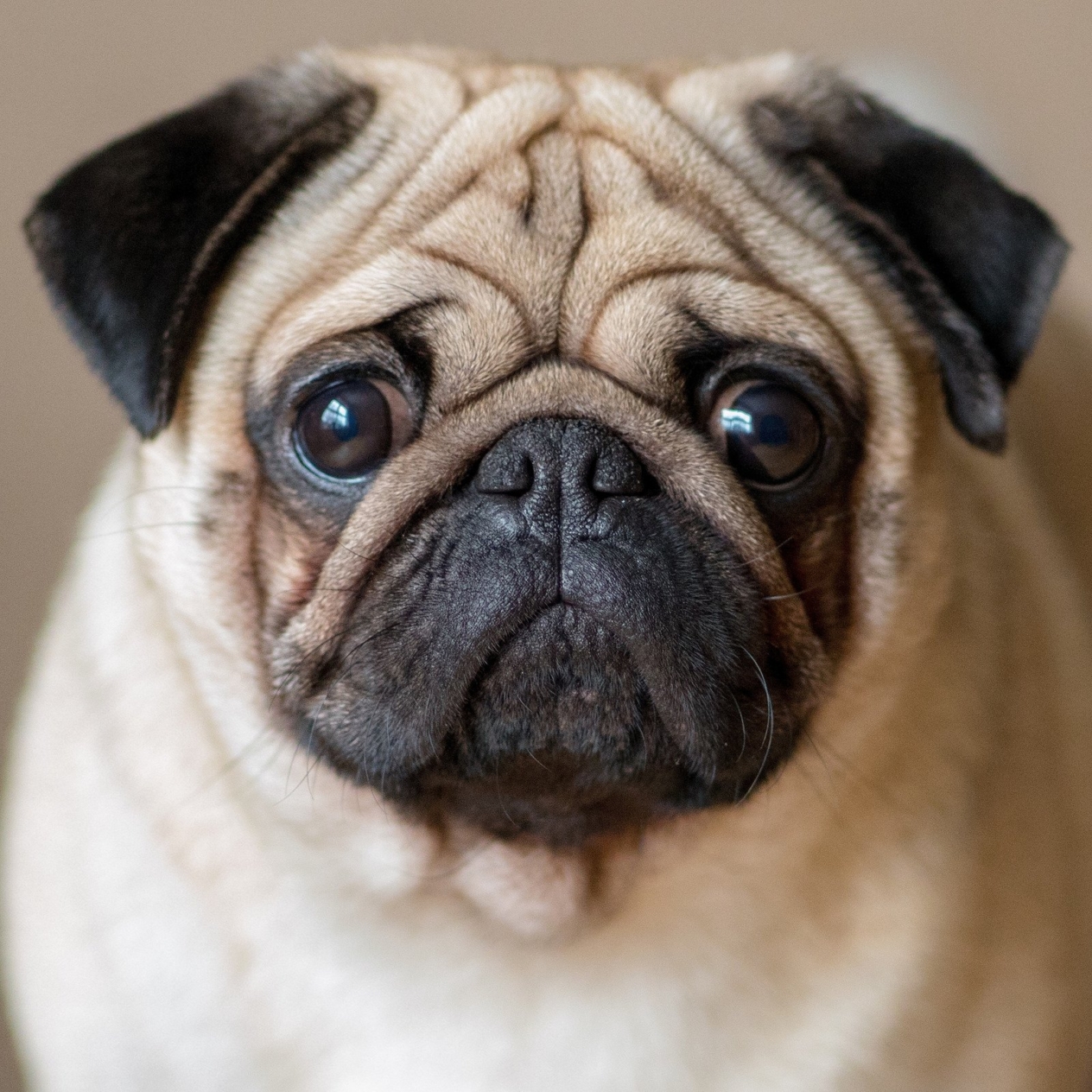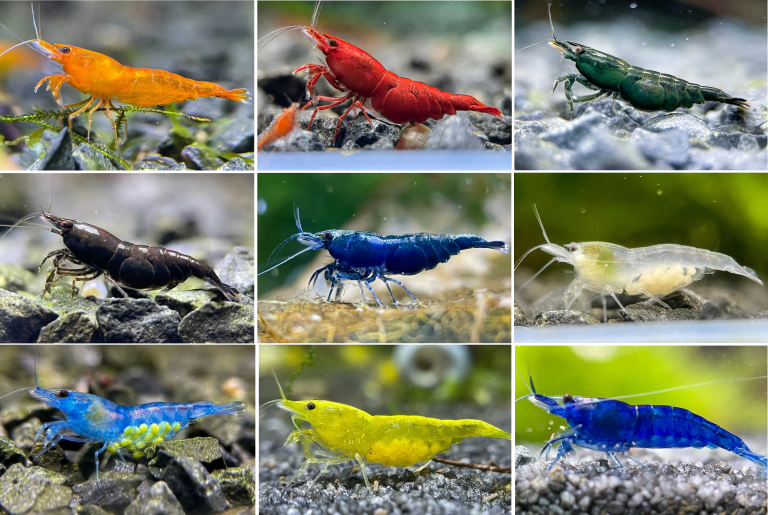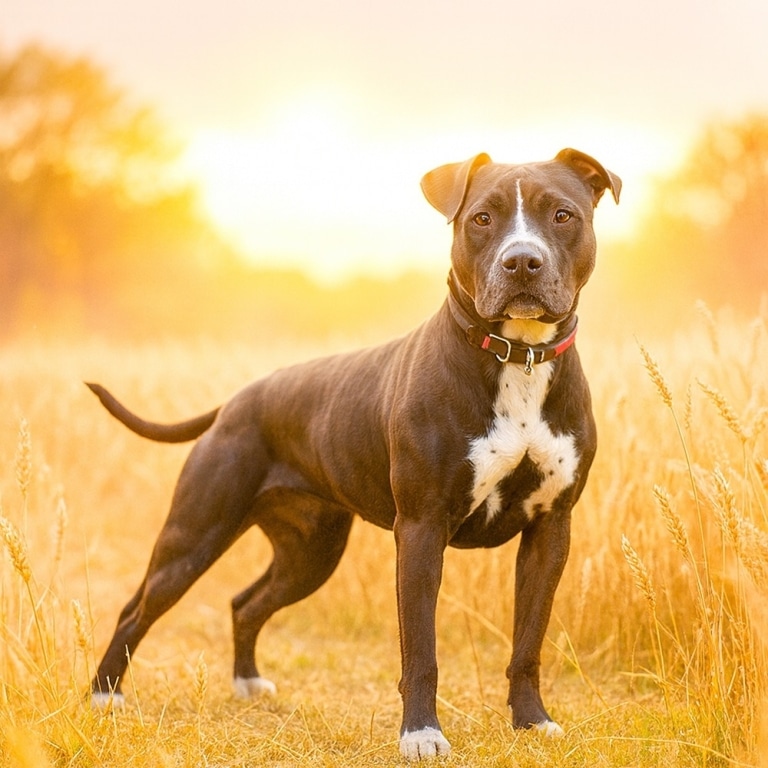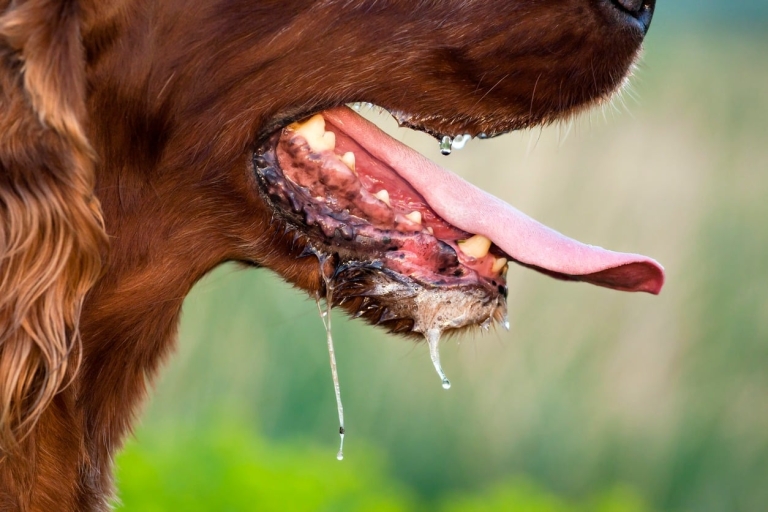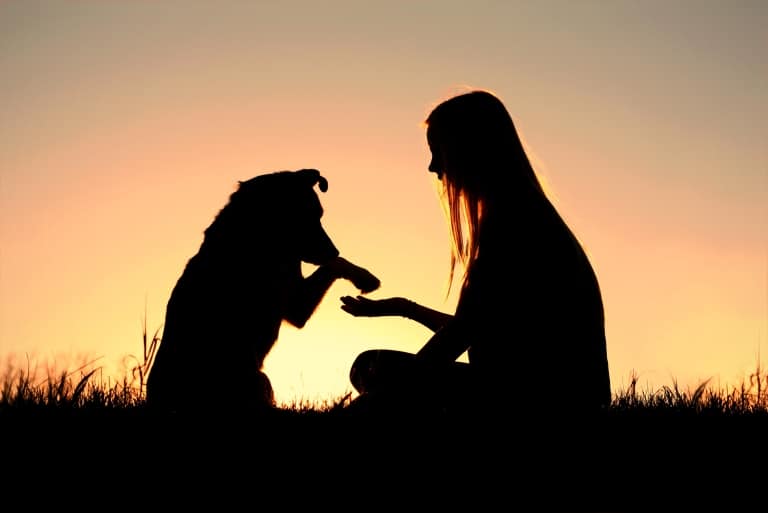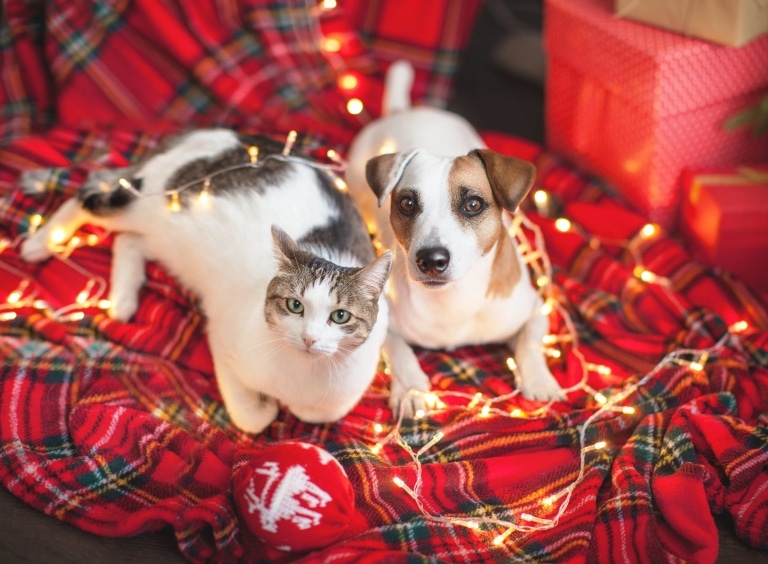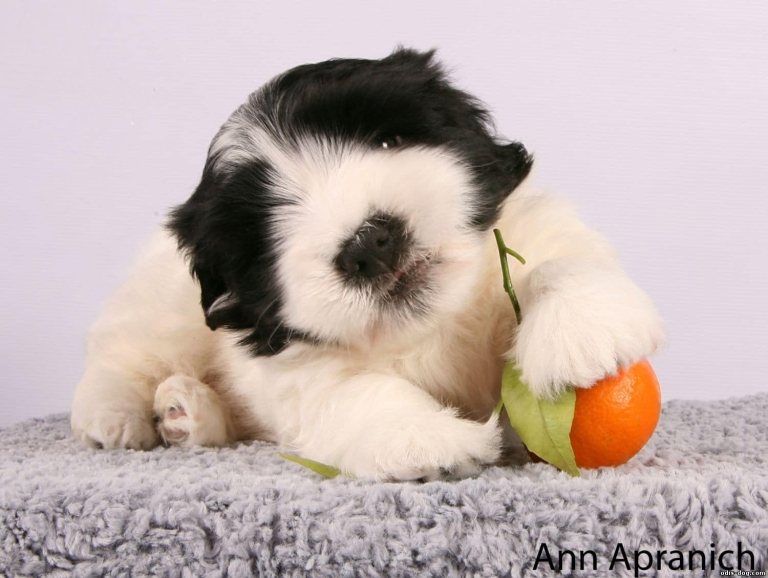Pugs are charming dogs that always attract attention with their cute appearance and lively character. If you are wondering how long pugs live at home, here is the answer: their average lifespan is usually 12 to 15 years, but many factors can affect this figure. It is important to understand that genetic diseases, external characteristics of the breed and conditions of keeping play an important role in the life expectancy of a pug.
Both hereditary factors and the environment in which they live affect the lifespan of a pug. Genetics, physical activity, proper nutrition and regular grooming are the main aspects that are crucial. Pugs are prone to certain diseases due to their structure, so a responsible approach to their health can help avoid many problems.
Features of the appearance of pugs
Pugs have a unique appearance that makes them extremely recognizable. Their flat face, large expressive eyes and short paws are characteristic features that distinguish this breed. In addition, their skin has deep folds, especially on the face, which require special care to avoid skin problems.
However, such physiological features can affect health. A flat face causes breathing difficulties, which can affect the pug’s physical activity and ability to tolerate heat. Skin folds require regular cleaning, as moisture accumulates in them, which can lead to the development of infections and allergies. Also, short legs limit mobility and the ability to play actively, which makes pugs more prone to obesity if they are not provided with regular exercise.
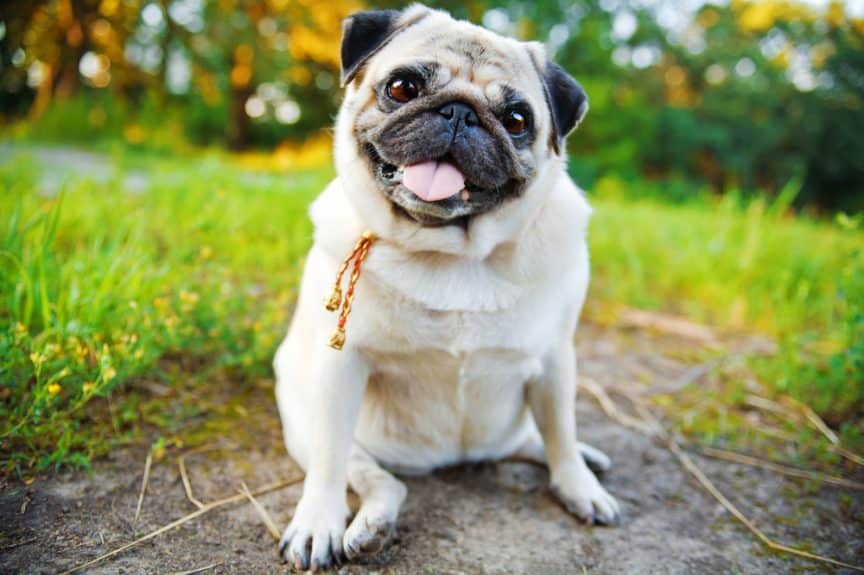
Important aspects affecting the lifespan of pugs
Obesity and its impact on general health
Pugs are a breed prone to gaining excess weight due to low activity and love of tasty food. Obesity can have serious consequences for their health, including cardiovascular disease, joint problems and increased stress on the respiratory system. Therefore, it is important to control the pug’s diet and avoid overfeeding.
Allergies and skin problems due to skin folds
Pug skin folds can become a source of permanent skin problems if not cared for properly. Moisture and dirt that accumulate in these folds can cause allergies, skin irritations, and even infections. Regular cleaning of folds is an important part of pug care.
The importance of physical activity and feeding regime
Pugs do not need intensive training, but they do need regular, moderate exercise. This will help maintain their weight and reduce the risk of developing joint problems. A pug’s diet should be balanced and include all the necessary nutrients to avoid obesity and maintain a healthy cardiovascular system.
How these diseases can shorten the lifespan of a pug
If you do not pay enough attention to the care of your pug, diseases such as respiratory problems, obesity, eye and skin diseases can significantly shorten its life span. Untimely referral to a veterinarian or lack of prevention can lead to serious complications that will affect the pug’s overall health and quality of life.
With these aspects in mind, a responsible approach to caring for your pug will help you avoid many problems and prolong the life of your loyal friend.
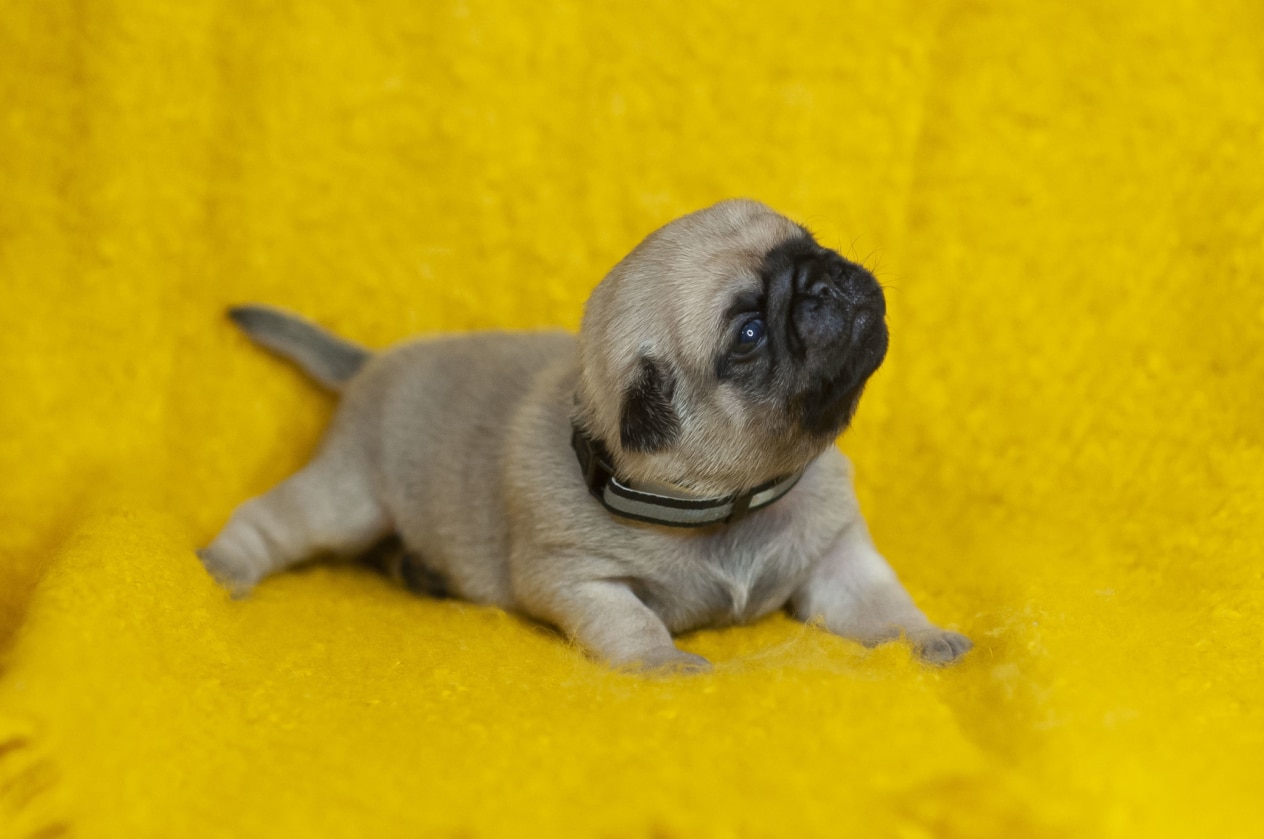
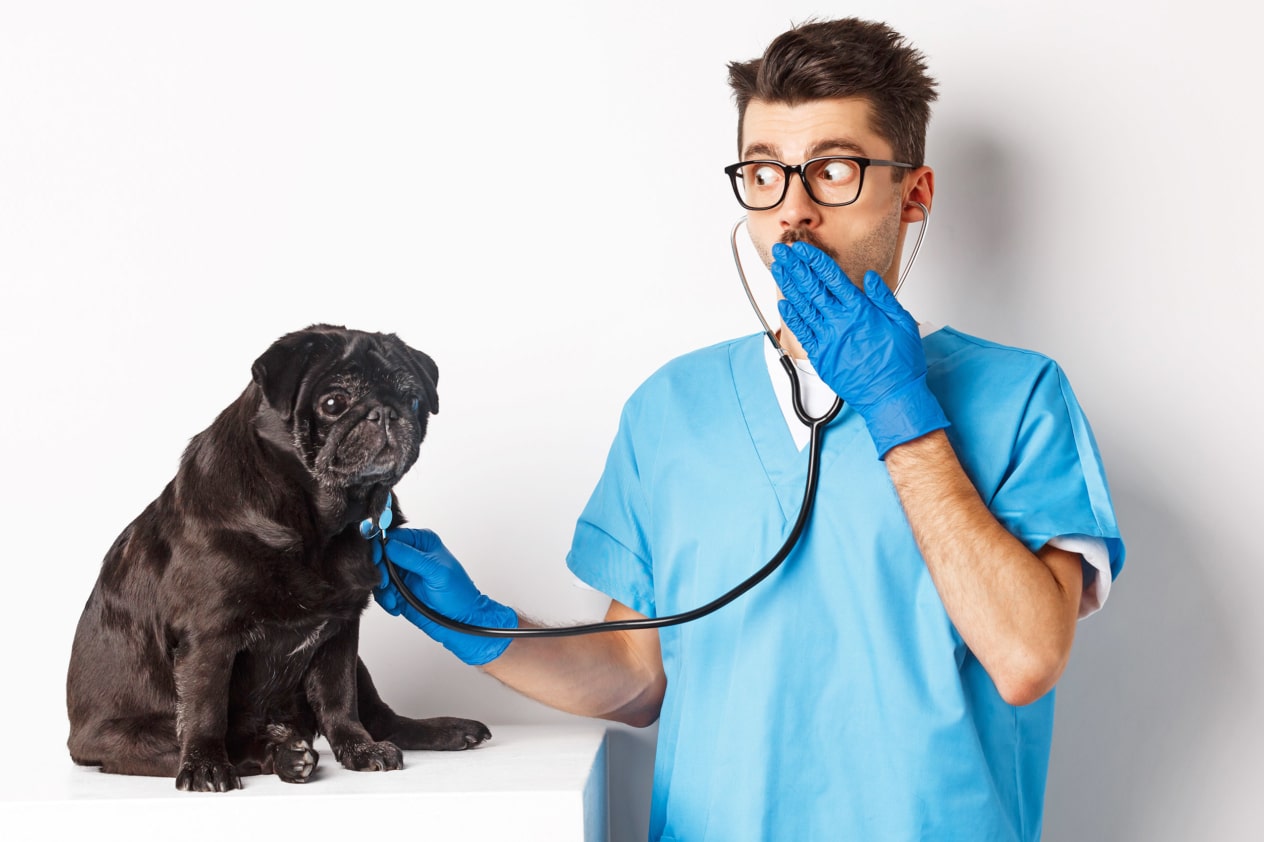
How to extend the life of a pug dog: important aspects of care
- Balanced nutrition
The choice of high-quality food is of crucial importance for the health of the pug. It is important to control the amount of food to avoid obesity, as being overweight can significantly shorten a pug’s lifespan. Provide your pet with food that contains all the necessary vitamins and minerals to support overall health. - Regular walks
Pugs need moderate exercise. Short walks twice a day will help keep them in good physical shape, preventing weight gain and joint problems. Remember that pugs do not tolerate heat well, so it is better to organize walks at a cooler time of the day. - Skin care and wrinkles
The skin folds of pugs require regular cleaning to avoid the accumulation of moisture and dirt that can cause infections. Clean the folds with special products or wet wipes to keep your pet’s skin healthy. - Breath control
Make sure that the pug does not overheat and does not suffer from shortness of breath during activity. Avoid long walks in hot weather and provide your pug with a cool place to rest. - Vet and groomer visits
Regular examinations at the veterinarian will help to detect and treat potential diseases in time. This is especially important for pugs who are prone to genetic problems. Visiting the veterinarian at least once a year, and grooming the pug at a groomer once every few months will help preserve the health of your pet for many years. - Cleanliness of eyes and ears
Pugs have large expressive eyes that are prone to irritation and infection. Check them regularly and clean them of dust and dirt. It is also important to clean the ears to prevent the development of infections and the accumulation of earwax.
Conclusion
Pugs need regular and proper care. Regular walks, a balanced diet and attention to health will help keep your Ponytail around for many years. If you need professional help with pug care, we invite you to our salons V.O.G DOG SALON, where your pet will be provided with high-quality grooming and care!
